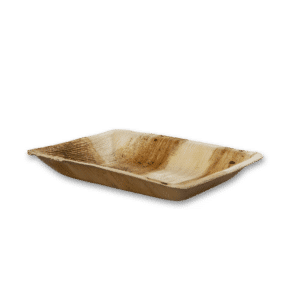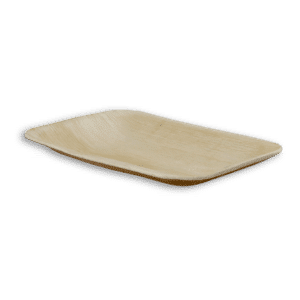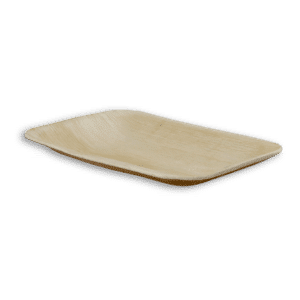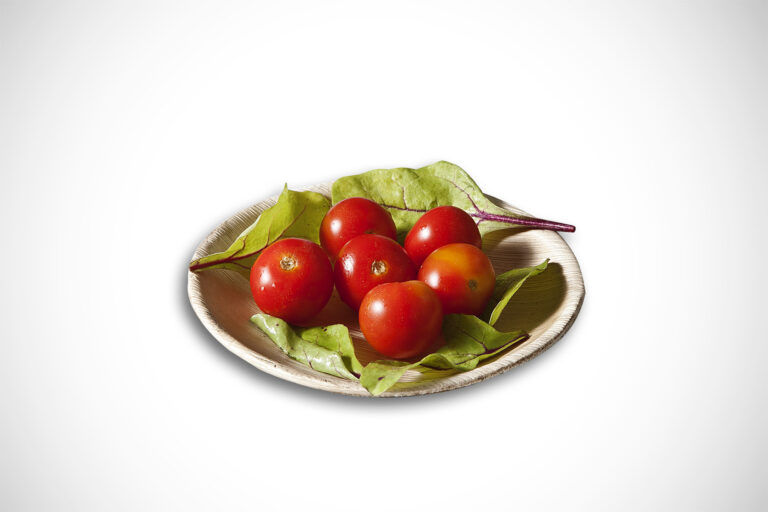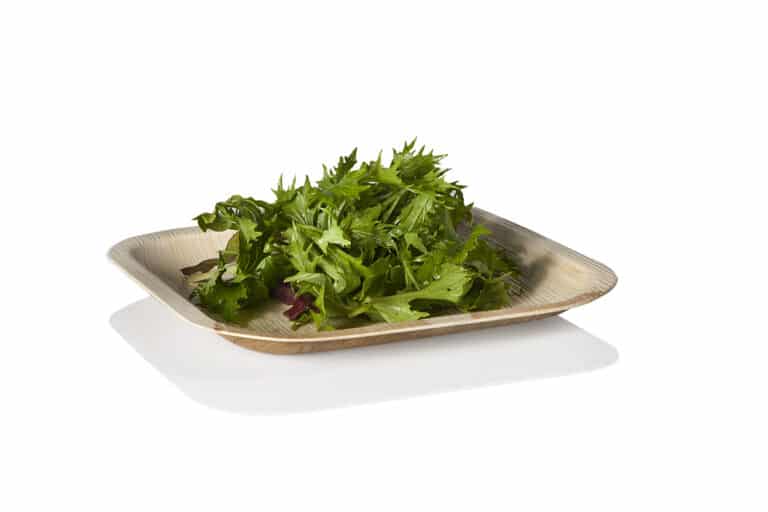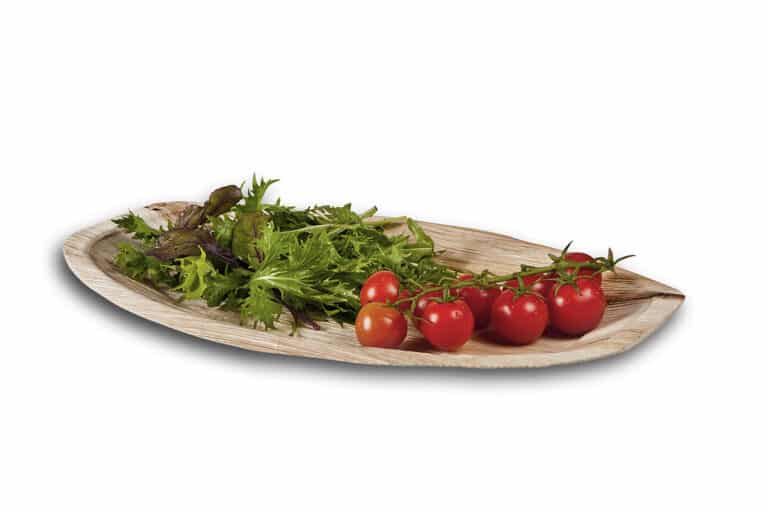24 hours without plastic
A really nice 24 hours without plastic experiment in our opinion, and we think this is the key sentence in this lovely article:
“Plastic is not an enemy. Disposable use of plastic is the enemy. The conduct of each and every one of us is important. The disposable consumption culture creates a critical mass.”
A New York Times reporter decided to do an experiment for 24 hours without plastic and to test if he will be able to not touch plastic. He quickly realized that this is an impossible task.
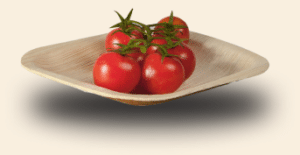
Good morning
As soon as Jacobs got out of bed, his feet touched the carpet, that is made of nylon fibers. Ten seconds passed and he already broke the rules he himself set. From the day invented, more than a century ago, the durable, light and versatile material settled in every area of our lives. It has thousands of uses but also disadvantages, mainly environmental.
The goal is to examine which uses of plastic can be given up, and which are the things you can’t do without.
Usually when Jacobs gets up in the morning, he glances at his iPhone. Towards the day of the experiment he stored the phone in the closet. In addition along with aluminum, iron, lithium, gold and copper, every iPhone also contains plastic.
“Can you open the door for me?” he asked his wife Julie, pressing the door handle of the bathroom that is made of plastic. “It’s going to be a long day”, she grumbled. To his morning routine got Jacobs ready in advance and got along with no toothbrush and toothpaste. Also no shampoo and soap. There is plastic in each of the products or packaging.
Alternative products
Luckily, for Jacobus, exists an entire industry of plastic-free products designed for the environmentally conscious. He purchased a toothbrush made of bamboo and wild boar hair from the company Life Without Plastic. “The hairs have been deeply disinfected,” the owner of the company reassured him. Instead of toothpaste he bought a jar of peppermint tablets and chewed one and brushed it with water. The taste was refreshing but there was something unsettling about the dark liquid he was spitting from his mouth.
Jacobs actually liked the solid shampoo. It smelled like grapefruit Vanilla and he whipped it up nicely. Proponents of the solid shampoo, which is enough for 80 washings, are claiming that it is more profitable than liquid shampoo. But in reality, living without plastic can be very expensive. Thus, the Package Free store in Manhattan sells razors made of zinc and steel stainless steel at the price of 84 dollars. Also vibrators made from consumables are being sold. His new deodorant is made from tea tree oil and baking soda according to a recipe Jacobs downloaded.
That day, he claimed, I smelled like a medieval church, in a good way. Making your own preparations is a good way to avoid using plastic, but it requires another kind of luxury: free time.
Going out
Before leaving the bathroom, Jacobs violated again the conditions of the experiment — he used the toilet. Even wearing clothes is a challenge, because many clothes have plastics in them. Jacobs pre-ordered plastic-free wool pants, but they didn’t arrive on time, so he choose old Banana Republic pants instead. The label is saying “100% cotton” but upon checking with the company it turned out to be a bit more complex. The fabric is indeed made of 100% cotton, but there is plastic in the zipper, and also in the label, in the pocket and strings. Jacobs found his new boxers in a brief list of “14 sexy and sustainable lingerie brands”. As for his upper body, he was lucky. A friend of his wife knitted her a blue-purple sweater made of 100% merino wool obtained from sheep for her birthday. “Can you lend me just for one day the sweater that Kristen knitted you?” he asked his wife. “But you will stretch it” grumbled again. “This is for the planet,” Jacobs was reminding her.
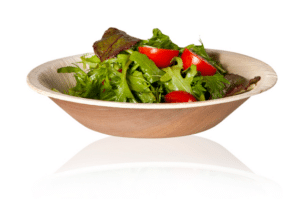
Some numbers
According to the UN report, every year about 400 million tons of plastic become waste – about half of it is thrown away after only one use. “We became addicted to using single-use plastic products, and must talk about the severe environmental, social, economic and health consequences of this,” the report said. Jacobs is also addicted. Every year he throws away about 800 plastic items: from take-away containers to pens, cups, packaging and more. At least Jacobs is doing his 24 hours without plastic attempt.
Start small
Before his 24 hours without plastic day, Jacobs delved into books, videos and podcasts about personal avoidance of plastic and waste production. One of the books he ordered, “Living Without Plastic: A Step-by-Step Guide to Avoiding Plastic to Keep Your Family and Planet Healthy ” by Sinha and Chantal Plamondon, arrived from Amazon with Transparent plastic cover. According to Gabi Salazar, a social science expert who studies what motivates people to support environmental protection initiatives, “It’s good to start small. For example, in the presidency a water bottle made of stainless steel and equipped with a reusable shopping bag when going out shopping. It’s good to train new habits gradually,” she recommends. “That’s the only way to make a real change. A sudden change can overwhelm you emotionally”.
Some important aspects
Jacobs admits that living without plastic is an absurd idea. Because despite its flaws, plastic is an essential component in medicine, in firefighting and in the middle of shielding. There is truth in the slogan of the plastics industry from the 1990s: “This is possible thanks to plastic.” In many cases, plastic contributes to the environment: plastic components for airplanes are lighter than metal components, enable reduced use of fuel and reduce carbon emissions. Solar panels and wind turbines are composed of, among other things, plastic. But despite this, the amount of plastic in the world – and especially in disposable products – is not proportionate. The “Earth Policy Institute ” published that we use a trillion single-use plastic bags every year.
History
Regarding the date when plastic emerged into the world, opinions differ, but it is common to regard 1855 as the fateful year in which the British metallurgist Alexander Parks patented a material thermoplastic alone as a coating waterproof. He named the new material “Parksin” and in the following decades other types of materials based on a similar chemical base were developed in laboratories around the world, most of which are made of oil or natural gas, including polyester, Styrofoam and more. In World War II, plastic production increased because it was vital to the war effort. It was used, among other things, for the production of parachutes and airplane windows. In her book “Plastic – A Toxic Love Story“, which deals with the history and science of plastic, Susan Frankel refers to a sharp increase in the use of plastic in the years after the war. “Plastic has been used in the production of Formica surfaces, refrigerators, car parts, clothing, shoes, and in fact anything that is supposed to be used for a certain period of time,” she said.
The change
“The problem started with the beginning of the production of single-use items from plastic,” says Frankel. “I call them ‘prefab trash’.”
Mass production of straws, cups, bags and other consumable products leads to an environmental disaster. The study revealed that more than 11 million tons of plastic enter the oceans every year ,are scattered In the water, interrupting the food chain and suffocating marine animals. According to the Organization for Economic Cooperation and Development, almost a fifth from the waste plastic is burned and emits carbon dioxide into the air, and only 9% of the products are recycled.
Plastic harms health. Plastic additives such as BPA and phthalates can cause damage to the endocrine system in the human body, cause behavior problems, damage the testosterone level in boys and the thyroid hormone level in women. In addition, they may cause premature births. “The solution to the plastic problem cannot be placed solely on the consumer,” Salazar asserts. “We must act on all fronts.”
The kitchen
At a fairly early stage in his “day without plastic” Jacobs began to see the world differently. Everything seemed threatening to him, swarming with polymers. In this respect, the kitchen was particularly dangerous. Everything he wanted to use to prepare food was off limits—the toaster, the microwave, the oven. and where will he store food scraps? His son handed him a plastic bag full of pieces of fried bread. “Want some?” he asked. Obviously he wanted.
So how to pay?
But Jacobs decided instead to go out and collect unprocessed food products. He went down the stairs to the street, since the elevator buttons are made of plastic, and walked to a health store near his apartment on the Upper West Side. He brought with him cotton bags of different sizes and two glass jars. One bag was filled with apples and oranges and Jacobs decided to ignore the stickers on them.
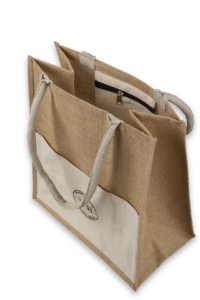
Jacobs is putting nuts and oats in jars. Although these products were stored in plastic containers, Jacobs ignored this violation as well. He also knew already that at the cashier he would encounter a problem: plastic credit cards are prohibited for use and so is the payment app on the phone. Money bills are another offense because American bills are mostly made of cotton and linen, but also include plastic fibers in bills. The high ones are threaded also with wire plastic to prevent counterfeiting. So he brought with him a cotton bag full of quarter-dollar coins, ten senate and one cent – about 60 dollars that he withdrew from the bank. Jacobs quickly piled the coins on the cashier’s counter. “Sorry, that it takes me time, apologized in front of the customers who were standing behind him. The cashier commented that he appreciates his commitment to the environment. This was the first positive feedback Jacobs received. Counted $19.20 and went home to have breakfast.
Some hope
In the afternoon, Jacobs decided to take a walk in Central Park, in a plastic-free environment, or so he thought. Jacobs broke the law already while riding the subway, because trains are made of plastic components and the tickets are also made of plastic. He used a folding chair that he brought with him from home. One man looked at him strangely, but most of the passengers were busy on their phones and their peace was not disturbed by the sight of a man on the seat. He wandered in the park, on the paths were thrown plastic toothpicks, disposable utensils and nylon bags.
Back home
When he returned home he went to drink water – and here we come to the most common enemy of all, which he did not know until now: microplastic particles. They are everywhere. In the water we drink, in the air we breathe, in the oceans. They originate, among other things, from plastic waste that has decomposed. Are they dangerous to us? The researchers’ answer was the same: we don’t know yet. “I think we’ll know in a few years,” says Todd Goin, an environmental consultant. “Those who wish to take extreme caution can use products that promise to filter out Microplastic particles from air and water,” he suggested.
Final thoughts
In the evening he sat and wrote with a pencil. Without a phone and without internet. His wife suggested a card game. “24 hours without plastic”, he nodded his head then went for a walk with the dog, and used a 100% cotton band that he bought online. Jacobs took with him a metal spoon instead of bags, and to his delight didn’t need to use it. Towards midnight, Jacobs fell exhausted on his improvised bed: cotton sheets on the wooden floor of his house because the mattress and pillows have plastic in them. Jacobs woke up that morning happy to have survived this nightmare and to be reunited with his phone.
Worth it?
Despite everything, Jacobs felt defeated. In total, he committed 164 offenses in his 24 hours without plastic day. As Salazar had predicted, Jacobs felt overwhelmed with emotion as well as uncertainty. Even after researching the matter for weeks, many things remained unclear. Do plastic-free items really contribute to change, or is it just “greenwash“? Is there any point in using toothbrushes from wild boar hair, in deodorant made from tea tree oil, in microplastic particle filters and paper straws, or not to bother? Is the effort worth it?
So?
“Plastic is not an enemy,” emphasizes Salazar. “Disposable plastic use is the enemy. The conduct of each and every one of us is important. The culture of single-use plastic consumption creates a critical mass.” See how Areca leaf plates help!
Areca leaf compostable plates are the perfect small effort each one of us can do. Just imagine how many disposable plastic plates can be saved if just each and every one of us avoids one product in 24 hours
Well, I pledge, even after my not-so-successful 24 hours without plastic attempt, to try to avoid plastic. I will start with the small things, acquiring habits. As mentioned, I actually liked the solid shampoo. That’s how Jacobs concluded.

